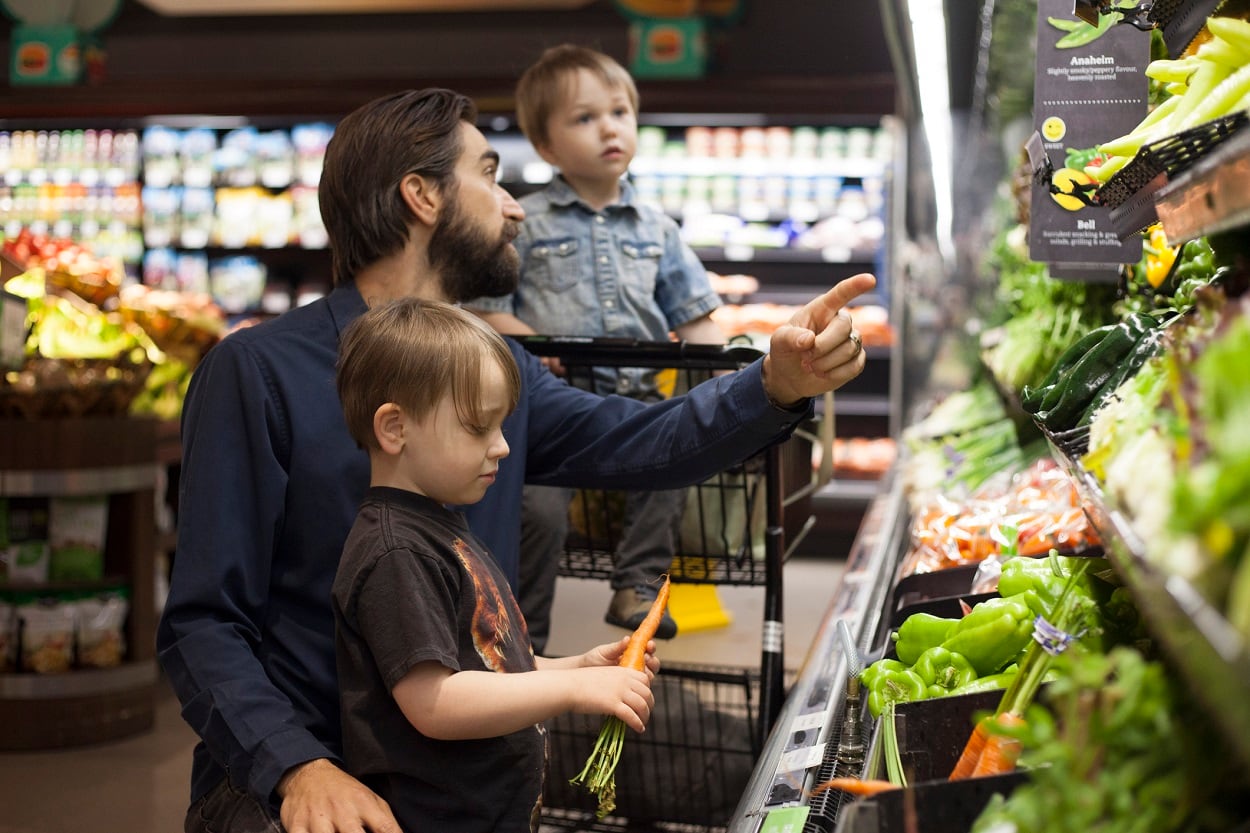So-called “clean rooms” may not be widely used in CPG marketing – yet – but a Kellanova pilot demonstrates how secure, privacy-safe data sharing between brands, retailers and other stakeholders can supercharge advertising.
In particular, clean rooms can enhance brands’ ability to effectively segment shoppers beyond basic demographics and better personalize marketing – an increasingly important strategy in today’s difficult economic environment where consumers are become more selective about what they buy.
Indeed, by using a clean room to enhance personalized advertising, Kellanova not only was able to stem a decline in sales of its premium cereal brand Special K in the UK as the ongoing cost-of-living crisis intensified, but it drove a 9% lift for reclaimed buyers and a 36% lift for retained buyers – significantly exceeding industry averages. It also improved the long-term impact of campaigns with notable sustained behavioral changes.
In this episode of FoodNavigator-USA’s Soup-To-Nuts podcast, Kellanova’s Senior Director of Insights and Intelligence Louise Cotterill shares how the snack and cereal CPG giant is leveraging clean room technology to connect millions of addressable data points to better understand what motivates consumers and more effectively tailor marketing to meet their needs. She breaks down the basics of what clean rooms are and how to use them to drive growth, addresses challenges holding back adoption of this technology and offers a “recipe for success” to use them.
Explore past episodes of Soup-To-Nuts podcast
Never miss an episode of FoodNavigator-USA’s Soup-To-Nuts podcast - subscribe today.
Gen X steps into spending power: Why marketers cannot overlook the middle generation anymore – After decades of being overshadowed by Boomers and Millennials, Generation X is poised to become the dominant global consumer group and are projected to spend $15.2 trillion 2025 and $23 trillion worldwide in 2035, according to new research from NielsenIQ (NIQ)
Organic industry rallies on Capitol Hil to protect $71B market and fuel growth – Organic Trade Association members championed policies that would expand domestic production, protect against fraud and strengthen the workforce powering the organic industry
5 trends driving specialty cheese sales towards $9.2 billion by 2030 – Friesland Campina, Cypress Grove and The Melting Pot unpack how they balance consumer demand for health, indulgence and value to drive sales of specialty cheese, despite its premium pricing, in a difficult economy
Investors return to CPG, but with caution and only for the right kind of growth – Pitchbook reports a modest rebound in private equity deals in Q1 of 2025, and JPalmer Collective’s Jennifer Palmer sees reasons for optimism for mission-driven brands and women-owned and -led brands. But both warn the current uncertainty is the new norm
4 trends at IFT FIRST sending food formulators back to the drawing board - Consumers want it all - nutrient-density, satiety, clean-label and fun - and ingredient innovators at IFT FIRST are helping brands meet their myriad demands with new options and boosted production
What is a ‘clean room’ and how can it boost marketing impact?
“Clean rooms” are emerging as a buzzy term in data-driven marketing, but few people can clearly explain what they are – let alone how they work.
First and foremost, Cotterill notes, they are not physical spaces but virtual ones where stakeholders, such as retailers with dynamic first-party data, can safely share consumer information with brand partners without running afoul of privacy regulations and restrictions.
Second: They offer sufficient space to analyze massive data sets and tease out insights that might be lost in more conventional marketing data models.
Often in marketing, “the interesting bits happen in the fringes that you don’t necessarily see, that the models move out. And so, what this does, is it gives you a full footprint of what your consumer is doing” because stakeholders can bring together multiple data sets and connect what people bought with why they bought it, she explained.
Cost tradeoffs: Buying the tech vs licensing data
While retailers often offer brands access to clean rooms with their loyalty data in exchange for advertising premiums, Kellanova went a step further and created its own clean room so that it could control the data sets and how they are sliced.
With that added flexibility came additional costs – which has been a major stumbling block stopping other brands from creating their own clean rooms and developing more sophisticated marketing strategies.
For example, Kellanova needed to buy not just the data but the technology to set up a clean room and analyze the information. But in exchange, it was no longer paying a retailer or other partner for access to their data, and it could configure the model how it wanted.
Why did Kellanova create its own clean room?
Paying the premium and taking the extra step to create its own clean room became important for Kellanova because more conventional sales and marketing strategies were no longer cutting it in today’s economic environment where consumers have become so price sensitive.
Cotterill explained that as inflation drives prices up across categories, value has become top of mind for many shoppers – leading to declines in volume, penetration and consumer perception of brands. In case of Special K in the UK in 2024, consumers no longer considered the brand more valuable than private label, which Cotterill described as “gut-wrenching.”
To reclaim the brand’s value, Cotterill said Kellanova considered its options – and dismissed many before landing on a clean room pilot project. For example, the company thought price-pack architecture changes would take too long, and additional promotion and deals would further weaken the brand’s equity.
It landed on personalized advertising as the best way to remind consumers why Special K is best choice for them. But to do this, the company needed more and better data – and a place to sift through it.
The payout: Kellanova’s ‘crazy’ returns
The extra expenses and effort in setting up a clean room to pilot a marketing campaign at Special K consumers who had lapsed or cut back was worth it for Kellanova and, thanks to how clean room models are structured, the company could prove it.
“In a normal sales lift, you would expect a lift of around 3% to 4%” for CPG brands, but “what we were able to do with the clean room audiences, which are at scale, is to show a 9% sales lift for a value-based audience,” that was potentially trading down, and 36% sales lift in loyal consumers who were buying Special K less often to save money, Cotterill said.
The company also saw long-term household penetration gains that extended beyond the advertising campaigns, she said.
Clean rooms are not a silver bullet
Even though Kellanova’s experience using a clean room in its pilot project for Special was overwhelmingly positive, Cotterill stressed they were hard-earned results and clean rooms are not a silver bullet for all marketing woes.
For example, she said, the company initially struggled to build an audience that was both targeted but large enough to be effective. In addition, she said, companies need to be patient because “there are very, very few nail it and scale it AI projects.”
She also advises companies using clean rooms to be “really single-minded about what you are trying to solve.” She explains that initially her team was like “kids in a sweet shop,” and they tried to do too much at once and lost sight of its initial goals.
Based on the success of this pilot, and the lessons learned, Kellanova is scaling this clean room approach to other markets in Europe. It also is exploring how it could use that dot-connecting power of clean rooms beyond sales to support other parts of the business.




